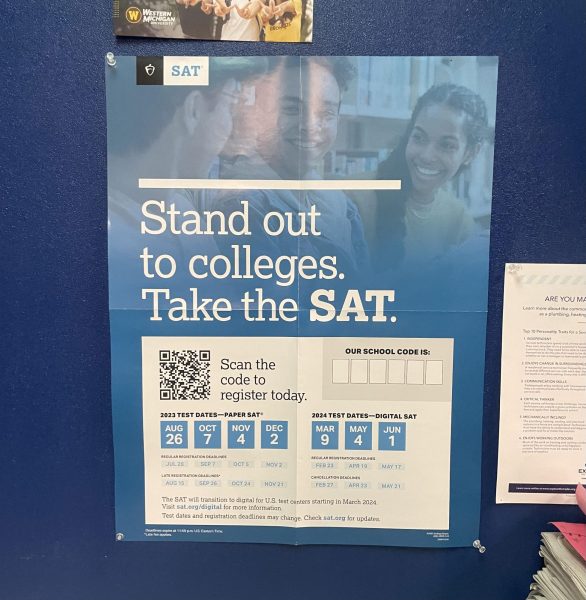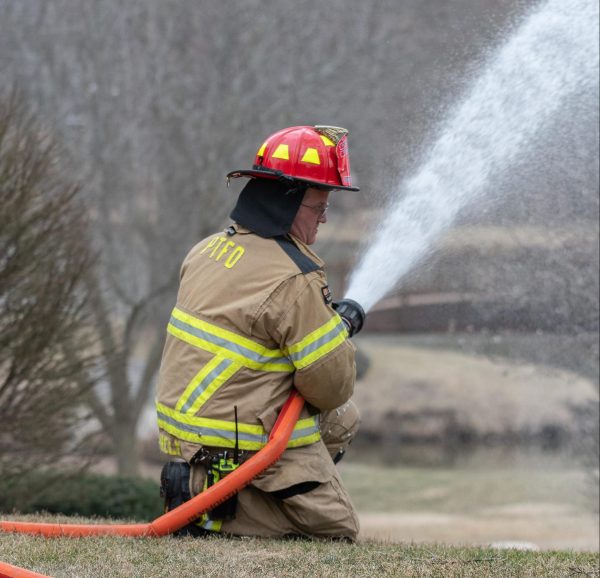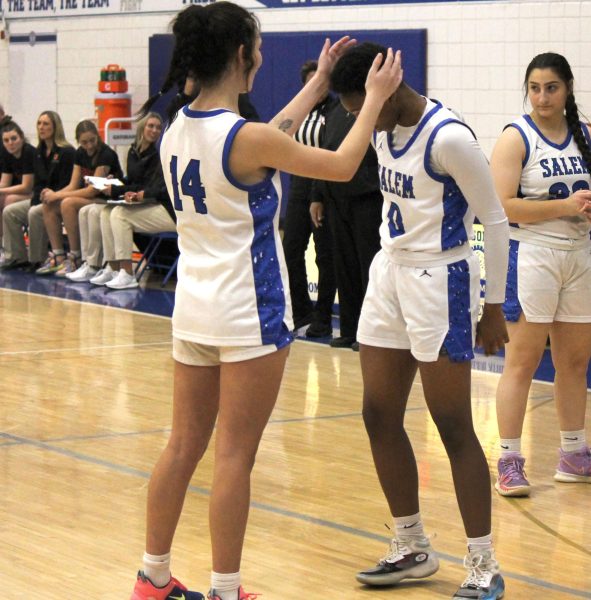Fall Allergies: Nothing to Sneeze At
Fall is known for colorful leaves, cider mills and pumpkin spice. However, for some people, fall also means itchy eyes, runny noses and handfuls of tissues. According to WebMD, the primary cause of allergies in the fall is ragweed, a common plant whose pollen causes people’s immune systems to go into overdrive between August and October.
While most cases of seasonal allergies (also known as hay fever or seasonal allergic rhinitis) are not as severe or life-threatening as others, such as food or drug allergies, it still brings up one certain question: how should they be handled at school? Does a seasonal allergy fall into the same category as a cold or a flu? Or is it simply a cough and a sniffle that doesn’t warrant any special care?
Teachers and students agree that allergies vary from person to person, so every situation needs to be approached differently. “I don’t think allergies are necessarily contiguous, but if you end up developing an infection from it that manifests and you’re sneezing all over the place, who am I to say what someone’s threshold is,” said Jeffrey Richards, Canton social studies teacher. He believes that it would be completely justified if a student chose to stay at home because his/her allergies were interfering with learning.
Some students have severe allergies that require medication, but others simply have annoying symptoms. “My eyes get all red and itchy in the fall,” said Salem senior Breanna Schmeider, “but I don’t take medication for it.”
Other students, including Sonia Bhakkad, Plymouth junior, and Kurt Faerber, Canton junior, mentioned that they have to take medication in the fall, like Claritin, in order to keep their symptoms in check.
Because so many students suffer from allergies in the fall, there’s been a shortage of tissues in classrooms around the Park. “I started with three [tissue boxes], and now I’m on my last one,” said Richards. The tissues in his classroom were provided by a tissue box drive, which was run by one of Canton’s class councils, but other students believe that tissues should be provided another way.
“I believe that the school should provide money for the teachers to get tissues,” said Salem junior Jenna Len. “Students have a responsibility if they’re sick to be prepared, but no one can control allergies.” Another student, Canton junior Alexis Boron, agreed, saying that “schools should provide tissues like they provide toilet paper.”
Amaan Rahman, Canton junior, disagreed. He believed that the students themselves needed to step up and take responsibility. “A teacher’s job is to teach, not provide health needs,” said Rahman, “and the [district’s] budget is already stretched, [so] they don’t need to be using it on menial things that students themselves should be able to provide.”
There were also teachers who shared Rahman’s practical outlook on how much an endless supply of tissues would actually cost. “I think it would be great if they could [provide tissues], but with financial times the way they are and school budgets, it’s not [the district’s] first priority,” said Richards.
Another staff member, Sara Wisniewski, Canton math teacher, agreed. “I would love the district to [provide tissues], but I understand that they would if they had the money,” said Wisniewski. “I normally bring one box in, and the rest are donated by students.”
While October might be the closing chapter for fall allergies, the trouble with tissues isn’t quite over yet. Cold and flu season is just around the corner and it’s going to bring even more coughs, sneezes and gross runny noses to the Park.
Your donation will support the student journalists of Salem High School - MI. Your contribution will allow us to purchase equipment and cover our annual website hosting costs.
I'm a senior at Canton High School and this is my second year as a member of The Perspective. I really like reading, I run on the cross country and track...











